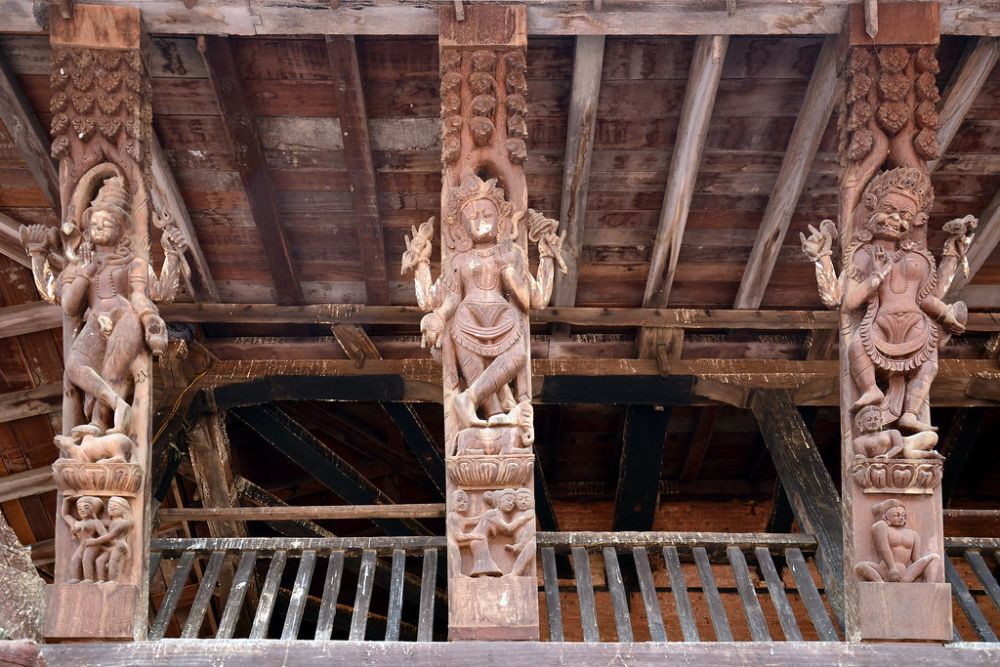

The Uma Maheshwor Temple, situated in the heart of the ancient city of Kirtipur in Nepal, is a testament to the rich religious and cultural heritage of the Newar community. Dedicated to Lord Shiva (Maheshwor) and his consort Parvati (Uma), this revered temple boasts a history that is deeply entwined with the spiritual and touristic fabric of the region.
Tourism at the Uma Maheshwor Temple has roots dating back centuries, as it has always been a pilgrimage site for worshippers from all over Nepal and neighboring India. However, it wasn't until the late 1950s and early 1960s, when Nepal opened its doors to international tourism, that visitors from around the globe began to explore the ancient wonders of Kirtipur and the temple itself.
Initially, tourism was a modest affair, with only the most adventurous travelers reaching the steep hillock to pay homage to the deity. The temple's striking architecture, featuring classic tiered pagoda styles, and the surrounding old Newari town became a key attraction. These landmarks are not just places of worship but also hubs of culture, history, and community life, giving a glimpse into the lives of the local inhabitants.
As the years progressed, Nepal increasingly invested in tourism infrastructure, and Kirtipur, with its Uma Maheshwor Temple, became more accessible to a growing number of visitors. Festivals and events, such as the colorful Indra Jatra and Maha Shivaratri, started to draw larger crowds, intrigued by the unique blend of religion, culture, and festivity.
Cultural preservation efforts started to gain momentum in the late 20th century, which included renovations to the temple after it suffered damage during various earthquakes. Its resilience and the dedication of the community to its upkeep became another compelling narrative for visitors.
In recent years, responsible tourism has become a leading trend in the area. Visitors are encouraged to respect the sacred nature of the site, and efforts are made to ensure that tourism supports local economies without disrupting traditional ways of life. Community-based tourism experiences, such as homestays and local workshops, allow visitors to engage more deeply with Kirtipur’s history and culture.
Experiential travel has also gained popularity, offering tourists a more immersive experience. This involves not just visiting the temple but also engaging in local customs, cuisine sampling, and participating in community activities.
Moreover, the increasing prevalence of digital media has made the temple more visible on platforms like Instagram and travel blogs, attracting a younger and more diverse crowd. Social media influencers often share their experiences, which has helped bolster the tourism profile of Uma Maheshwor Temple and its surrounding areas.
The story of tourism at Uma Maheshwor Temple is not just a chronicle of increasing visitor numbers, but also an evolving narrative of how travel impacts and is integrated with the cultural fabric of a destination. The temple, standing proudly atop Kirtipur, continues to be a beacon for those seeking spiritual inspiration, cultural connection, and a journey through the rich tapestry of Nepal's history.